Soil moisture sensors have revolutionized how farmers manage their crops by providing accurate data about soil moisture levels. Soil moisture sensors play a vital role in modern agriculture. They help farmers monitor the health of their crops and maximize yields by providing critical data about the water content of their soil.
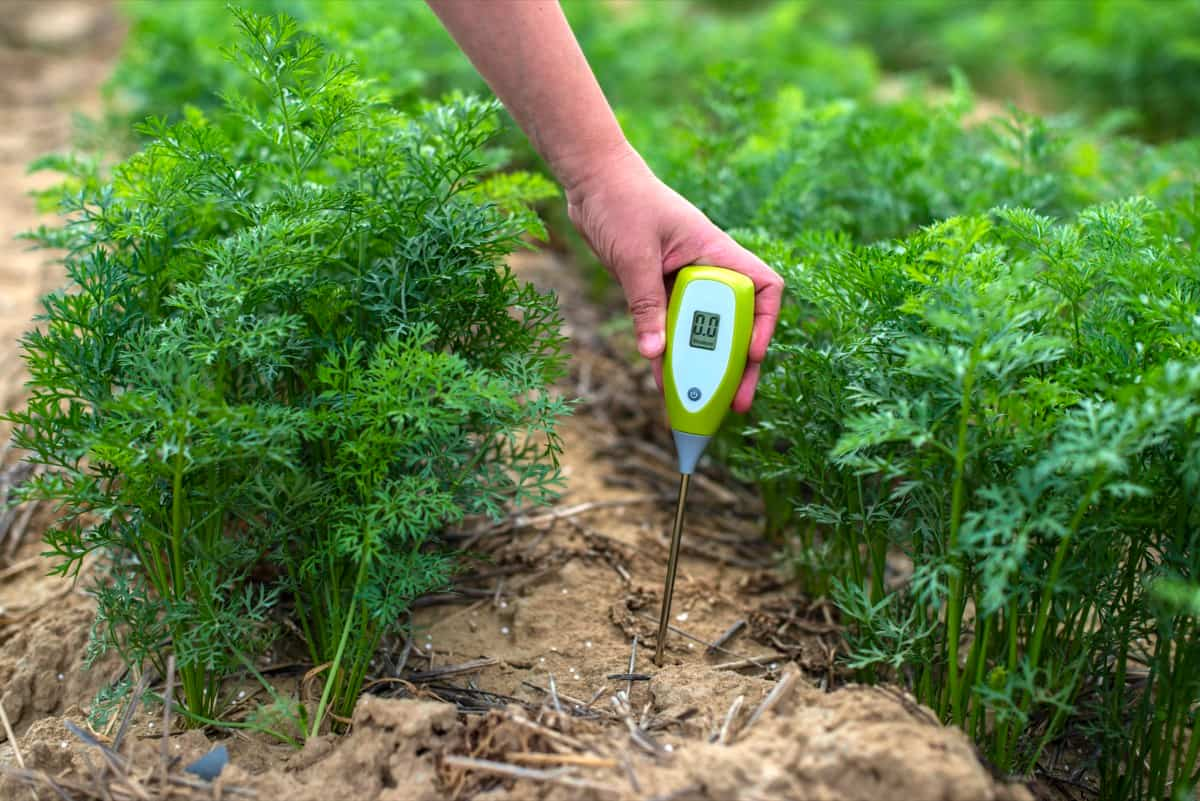
Importance of Soil Moisture Sensors in Agriculture
What Are Soil Moisture Sensors?
Agricultural production is one of the most important activities that aim to provide food for the ever-growing population. It is crucial to have an ideal environment for plants to grow healthy and yield good crops. One of the main factors that affect plant growth is soil moisture. Too much or too little water can adversely affect plant growth. This is where soil moisture sensors come in. These devices help farmers to optimize irrigation and ensure that plants get the right amount of water.
Scope Of Soil Moisture Sensors in Agriculture
Soil moisture sensors are an invaluable tool for precision agriculture, helping farmers and agriculturalists to ensure optimal water levels in their soil. Using these sensors, they can accurately measure the moisture in the soil, making it easier to determine when irrigation is necessary and reduce the wastage of precious resources.
The advantages of using a soil moisture sensor far outweigh any potential cost or time investment; with them, you will be better equipped to maximize your yields while maintaining high sustainability standards. They are also cost-effective and easy to use, making them an attractive solution for many farmers. With proper use and maintenance, soil moisture sensors can be a great investment that pays off with larger yields and healthier plants.
In case you missed it: List of Agricultural Sensing and Monitoring Devices
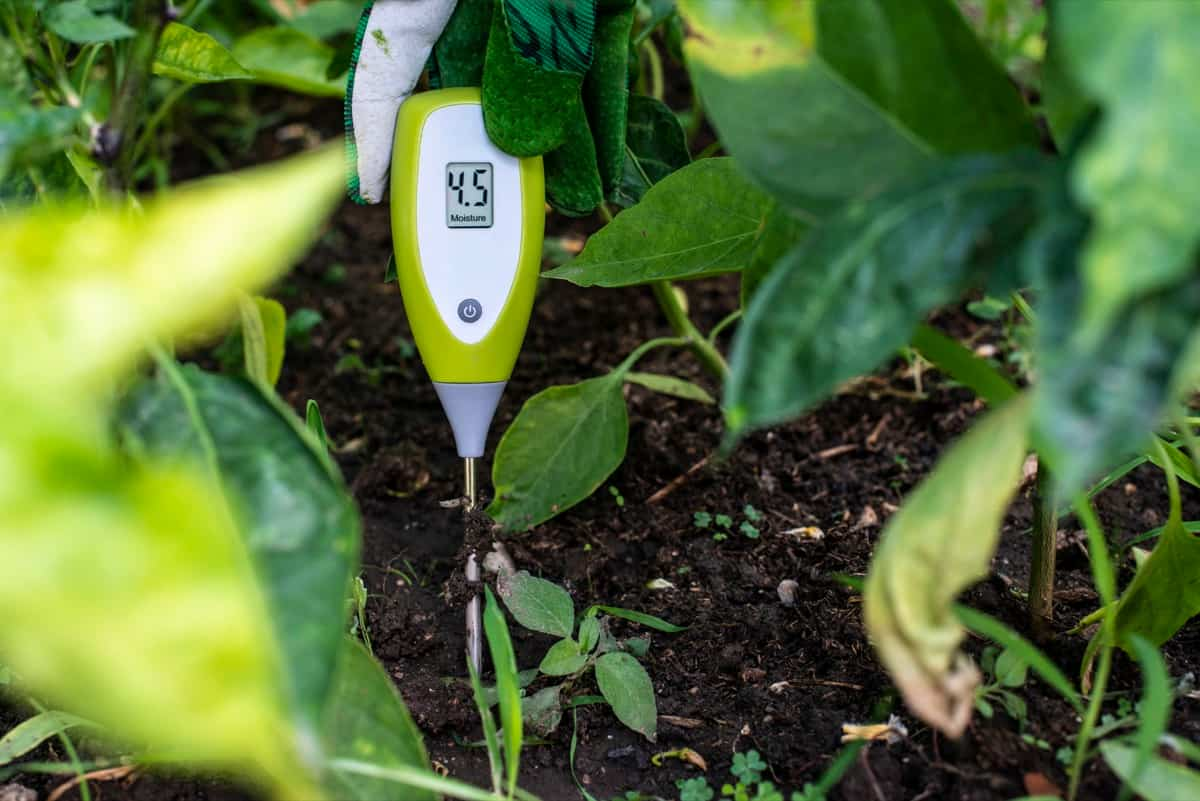
Which Technology is Used in Soil Moisture Sensor?
Time-domain reflectometry (TDR) technology is mostly used in soil moisture sensors. TDR soil moisture sensors measure the soil’s dielectric constant, which measures the water in the soil. The dielectric water constant is higher than air, so when TDR sensors are inserted into the soil, they reflect a signal proportional to the water in the soil. TDR soil moisture sensors are used in various agricultural applications, including monitoring irrigation systems, determining crop yield, and managing water resources.
What Is the Working Principle of Soil Moisture Sensors?
Plant moisture monitoring systems are designed to measure the moisture content of the soil to optimize irrigation and fertilization. The working principle of these systems is based on the dielectric constant of water. Water has a high dielectric constant, which means it can store a lot of electrical charges. When the soil is dry, it has a low dielectric constant and can’t store much electrical charge.
When the soil is wet, it has a high dielectric constant and can store more electrical charge. The working principle of plant moisture monitoring systems is based on this difference in the dielectric constants of water and dry soil. When the sensors are placed in the soil, they measure the amount of electrical charge that can be stored in the soil.
The amount of electrical charge that can be stored is directly proportional to the moisture content of the soil. By measuring the amount of electrical charge that can be stored, plant moisture monitoring systems can accurately measure the moisture content of the soil. This information can then be used to optimize irrigation and fertilization practices.
Advantages of Soil Moisture Sensors
Soil moisture sensors are gadgets that help measure the soil’s water content. These are generally used in agriculture to know when irrigation is necessary and also help farmers to optimize their irrigation system. The most important advantage of using a soil moisture sensor is that it conserves water. As farmers know exactly when irrigation is necessary, they can avoid over-watering or under-watering their crops which often leads to water wastage.
In case you missed it: Crop Monitoring Technology – IoT, Remote Sensing
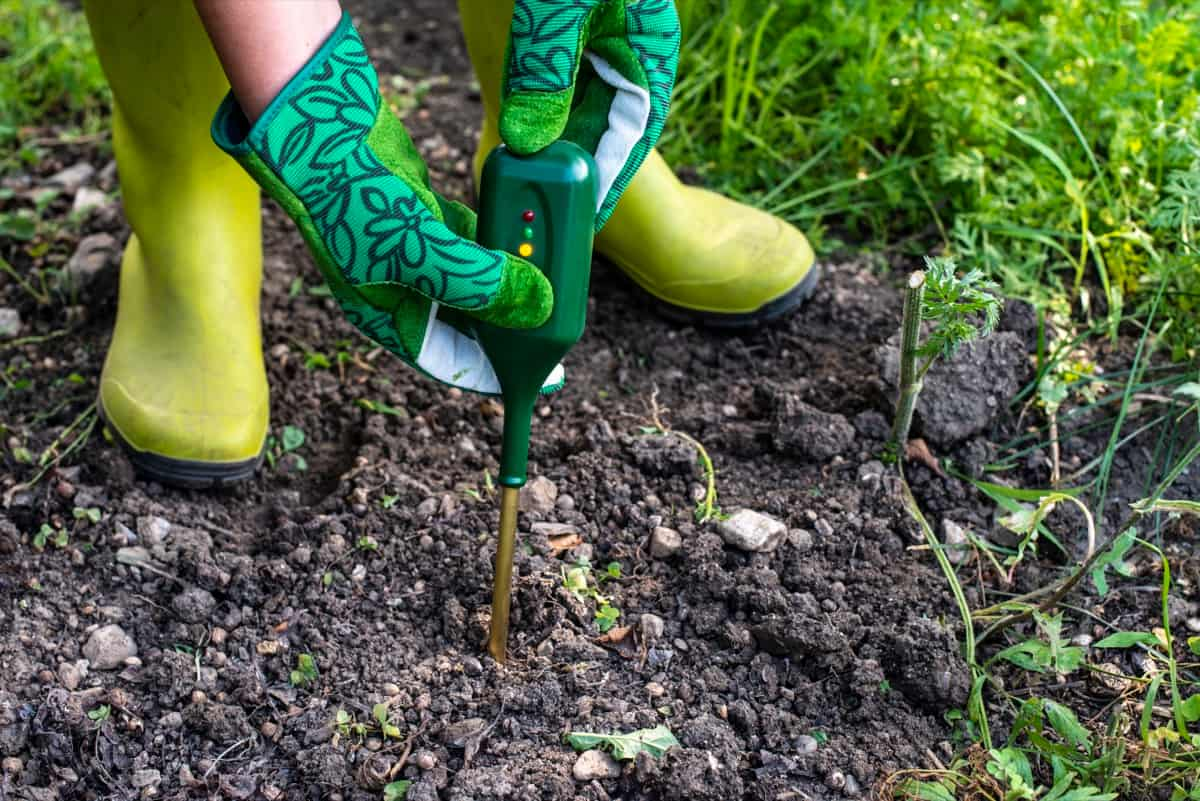
Soil moisture sensors also help reduce labor costs as farmers don’t have to check the moisture levels in the soil manually. This saves a lot of time and energy, which can be used for other tasks on the farm. Another benefit of soil moisture sensors is that they help improve crop yield, as crops grown under optimal conditions usually produce better yields. By knowing when to water the plants, farmers can ensure their crops get just the water needed for healthy growth.
Overwatering your plants can lead to problems such as root rot and fungal diseases. A soil moisture sensor can help you avoid these problems by only watering your plants when needed. By using a soil moisture sensor, you can minimize the amount of water you use overall. This is important for conserving resources and saving money on your water bill.
A soil moisture sensor can help determine your plants’ water needs. This information can be used to adjust your watering schedule accordingly. Proper irrigation is essential for maximizing crop yields. A soil moisture sensor can help you ensure that your crops get the right amount of water, leading to increased yields. In areas prone to drought, a soil moisture sensor can monitor conditions and take appropriate action to protect your plants from drought stress.
Using soil moisture sensors can also aid in the early detection of problems such as drought or pest infestation. By monitoring the moisture levels regularly, farmers can take corrective measures immediately if there is a problem, thereby preventing any major damage to their crops.
Why Are Soil Moisture Sensors Important in Agriculture?
Soil moisture sensors play a major role in agriculture by providing information about the moisture content of the soil. This information can be used to determine when irrigation is necessary, how much water to apply, and whether or not plants are under stress due to drought conditions.
Soil moisture sensors can also help farmers optimize their fertilizer use by providing information about the amount of water available to plants. This can be used to adjust fertilizer application rates based on the needs of the plants. In addition, soil moisture sensors can be used to monitor environmental conditions such as temperature and rainfall. This information can be used to decide crop management practices such as planting, harvest, and irrigation.
In case you missed it: Impact of Heat Waves on Agriculture: Affected Crops and How to Protect from Extreme Hot Weather
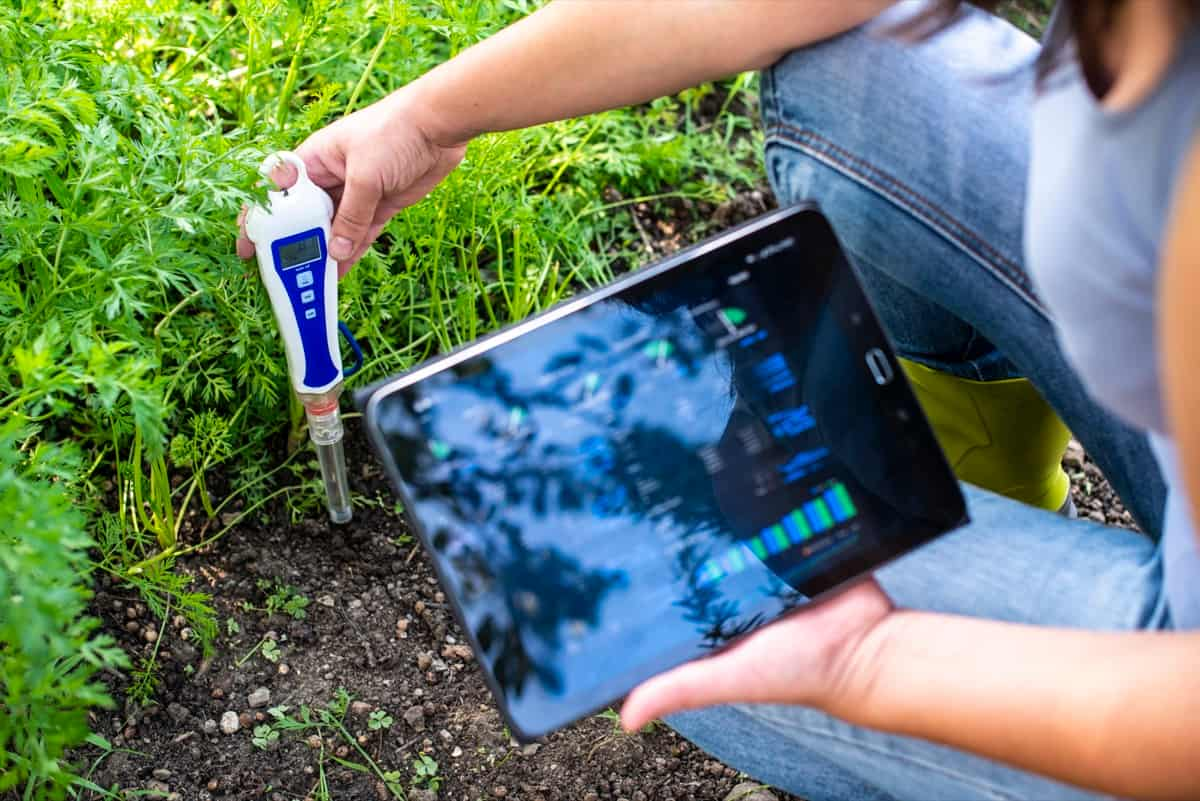
Different Types of Soil Moisture Sensors
1. Capacitive soil moisture sensors: These sensors measure the dielectric constant of the soil. The dielectric constant measures how easily electricity can flow through a material. The higher the dielectric constant, the more water in the soil. Capacitive soil moisture sensors are the most widely used type. They work by measuring the soil’s dielectric constant, which measures how easily electricity flows through it. These sensors are very accurate and can be used in various soils. However, they are expensive and require regular calibration.
2. Time domain reflectometry (TDR) soil moisture sensors: These sensors send an electromagnetic pulse into the soil and then measure how long it takes to bounce back. The longer it takes for the pulse to bounce back, the wetter the soil is.
3. Neutron probe soil moisture sensors: These sensors bombard the soil with neutrons and then measure how many of them are absorbed by water molecules in the soil. The more water in the soil, the more neutrons will be absorbed.
4. Thermal conductivity soil moisture sensors: These sensors measure how well heat flows through the soil. The more water, the better heat will flow through it.
5. Dielectric soil moisture sensors: These sensors measure the soil’s electrical conductivity. They are less accurate than capacitive sensors but are much cheaper. They are also easier to calibrate and can be used in a wider range of soils.
How do Soil Moisture Sensors Work?
One of the most important soil characteristics that farmers and agricultural scientists measure is moisture. Because water is essential for plant growth, and the amount of water in the soil can greatly impact crop yields. There are many different types of soil moisture sensors, but they all work by measuring the soil’s electrical conductivity or dielectric permittivity. The soil’s electrical conductivity measures how easily electricity flows through it. The more water in a soil, the higher its electrical conductivity.
Dielectric permittivity, on the other hand, measures how much an electric field can penetrate a material. Soils with high dielectric permittivity will allow more water to be drawn up deep within the ground. Soil moisture sensors usually consist of two metal electrodes inserted into the soil at different depths. The sensor measures the electrical resistance between the two electrodes to determine the moisture content of the soil.
In case you missed it: A Guide to Understand Importance of Drones in Agriculture/Farming: Advantages, Applications, and Different Types
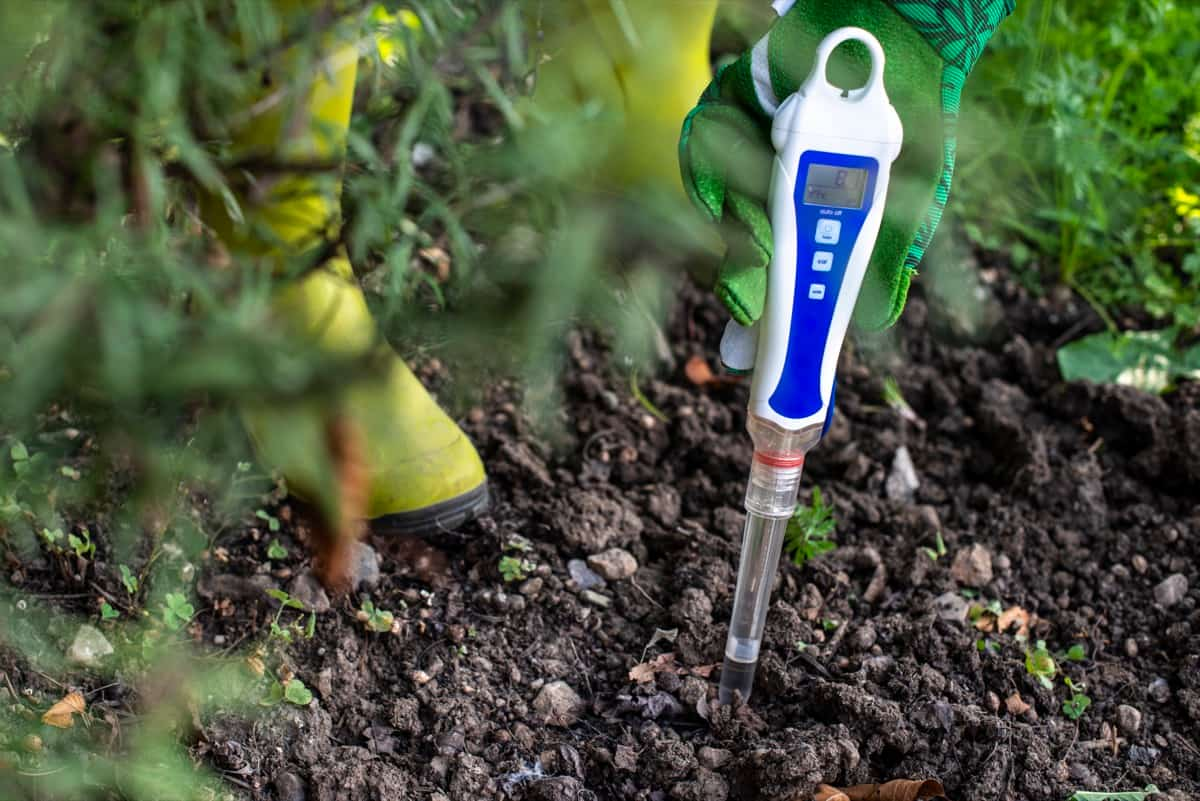
Soil moisture sensors are different types of soil moisture sensors, but they all work on the principle of measuring the dielectric constant of the soil. The dielectric constant measures a material’s ability to store electrical energy. Water has a high dielectric constant, meaning it can store more electrical energy than dry soil. When the sensor is inserted into the soil, an electrical current is passed through the sensor. The current that can flow through the sensor depends on the dielectric constant of the soil.
The more water in the soil, the higher the dielectric constant, and the more current will flow through the sensor. By measuring the amount of current flowing through the sensor, it is possible to determine how much water is in the soil. Soil moisture sensors are used in agriculture to help farmers optimize irrigation. Farmers can ensure their plants receive enough water by monitoring soil moisture levels without over-watering or under-watering them. This helps to improve crop yields and reduces water usage.
What Are the Components of Soil Moisture Sensor?
Soil moisture sensors measure the water content in the soil. They consist of a metal rod inserted into the ground and a sensor that measures the electrical conductivity of the soil. The sensor is connected to a data logger, which records the readings from the sensor and stores them for later analysis. The metal rod is usually made of stainless steel, copper, or aluminum. The rod is inserted into the ground at about 20 cm (8 inches).
The sensor is placed at a depth of 2 cm (0.8 inches). The sensor measures the electrical conductivity of the soil, which is directly related to the amount of water in the soil. The data logger is used to record the readings from the sensor and store them for later analysis. The data logger can be programmed to take readings at regular intervals or triggered by an event, such as when the soil moisture reaches a certain level.
Soil Moisture Sensor Applications
The sensor works by emitting a low-frequency electromagnetic signal into the ground and measuring the dielectric constant of the soil. The dielectric constant measures how easily an electric field can penetrate a material and is directly related to the moisture content of the soil. There are many applications for soil moisture sensors in agriculture. One common application is irrigation management, where the sensor can monitor the soil’s moisture content and automatically activate or deactivate irrigation systems based on need.
Soil moisture sensors can also be used for crop monitoring, yield prediction, frost detection, and more. Capacitive soil moisture sensors measure the dielectric constant of the soil, which is a function of the water content. They are typically composed of two metal plates separated by a dielectric material, such as plastic or glass. The electrical resistance between the two plates changes as the water content in the soil changes, allowing the sensor to measure the water content.
Conductivity soil moisture sensors measure the electrical conductivity of the soil, which is a function of the dissolved salts and other minerals in the soil solution. These sensors typically consist of two electrodes immersed in the soil. The electrical conductivity between the electrodes changes as the dissolved salts and other minerals in the soil solution change, allowing the sensor to measure these concentrations.
In case you missed it: Digital Agriculture in India: Challenges and Opportunities
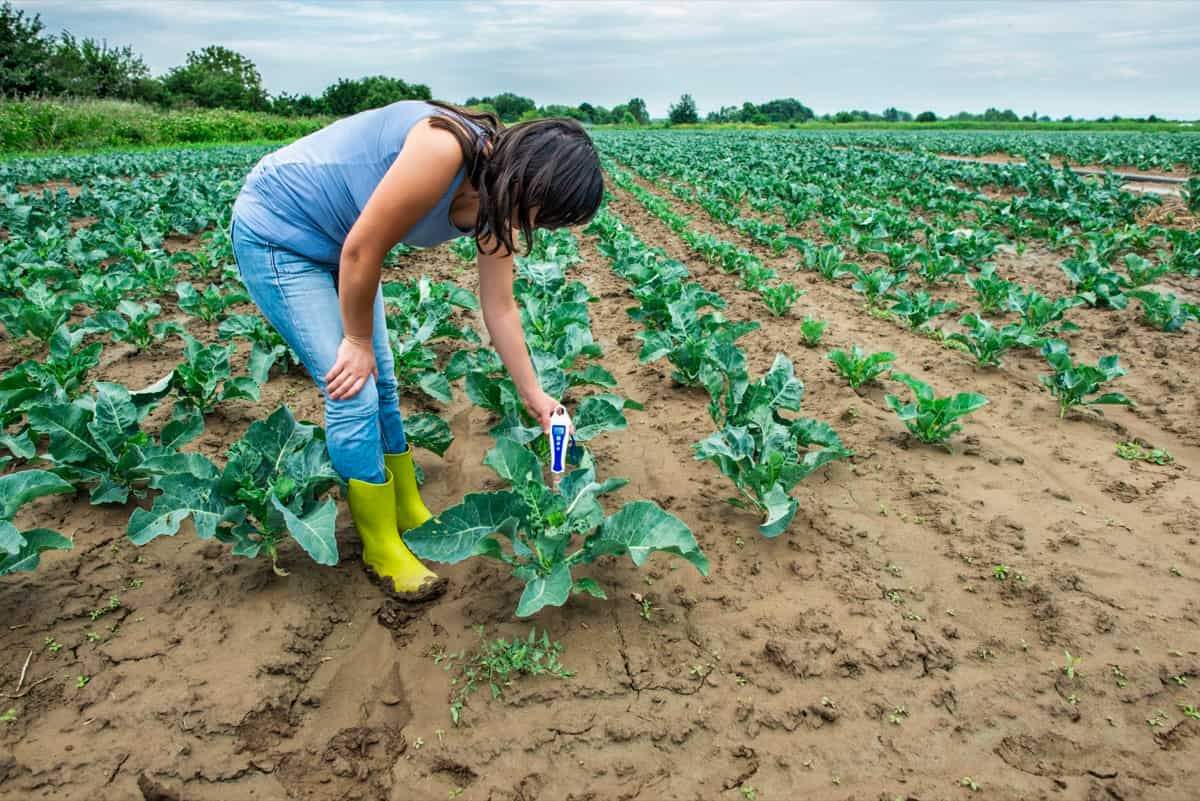
Dielectric permittivity soil moisture sensors measure how easily an electric field can penetrate a material. This property is directly related to the water content of a material; as the water content increases, so does dielectric permittivity. These sensors typically consist of two metal plates separated by a dielectric material (such as plastic or glass).
Conclusion
Soil moisture sensors are important for farmers because they allow them to monitor the moisture levels in the soil. Soil moisture sensors are important tools that farmers can use to manage their crops and reduce labor costs. They help improve crop yield and reduce the amount of water that is wasted.
- Types of Pesticides Used in Agriculture: A Beginner’s Guide
- Economical Aquaculture: A Guide to Low-Budget Fish Farming
- 15 Common Planting Errors That Can Doom Your Fruit Trees
- How to Make Houseplants Bushy: Effective Tips and Ideas
- Innovative Strategies for Boosting Coconut Pollination and Yield
- Pollination Strategies for Maximum Pumpkin Yield
- The Complete Guide to Chicken Fattening: Strategies for Maximum Growth
- Natural Solutions for Tulip Problems: 100% Effective Remedies for Leaf and Bulb-Related Issues
- Revolutionizing Citrus Preservation: Towards a Healthier, Greener Future
- Natural Solutions for Peony Leaf and Flower Problems: 100% Effective Remedies
- Maximizing Profits with Avocado Contract Farming in India: A Comprehensive Guide
- Natural Solutions for Hydrangea Problems: 100% Effective Remedies for Leaf and Flowers
- The Ultimate Guide to Choosing the Perfect Foliage Friend: Bringing Life Indoors
- From Sunlight to Sustainability: 15 Ways to Use Solar Technology in Agriculture
- The Ultimate Guide to Dong Tao Chicken: Exploring from History to Raising
- The Eco-Friendly Makeover: How to Convert Your Unused Swimming Pool into a Fish Pond
- Mastering the Art of Delaware Chicken Farming: Essentials for Healthy Backyard Flocks
- 20 Best Homemade Fertilizers for Money Plant: DIY Recipes and Application Methods
- How to Craft a Comprehensive Free-Range Chicken Farming Business Plan
- Brighten Your Flock: Raising Easter Egger Chickens for Beauty and Bounty
- How to Optimize Your Poultry Egg Farm Business Plan with These Strategies
- Subsidy for Spirulina Cultivation: How Indian Government Schemes Encouraging Spirulina Farmers
- Ultimate Guide to Raising Dominique Chickens: Breeding, Feeding, Egg-Production, and Care
- Mastering the Art of Raising Jersey Giant Chickens: Care, Feeding, and More
- Ultimate Guide to Raising Legbar Chickens: Breeding, Farming Practices, Diet, Egg-Production
- How to Raise Welsummer Chickens: A Comprehensive Guide for Beginners
- How to Protect Indoor Plants in Winter: A Comprehensive Guide
- Ultimate Guide to Grow Bag Gardening: Tips, Tricks, and Planting Ideas for Urban Gardeners
- Guide to Lotus Cultivation: How to Propagate, Plant, Grow, Care, Cost, and Profit
- Agriculture Drone Subsidy Scheme: Government Kisan Subsidy, License, and How to Apply Online
- Ultimate Guide to Raising Araucana Chickens: Breed Profile, Farming Economics, Diet, and Care
- Bringing Hydroponics to Classroom: Importance, Benefits of Learning for School Students
- Ultimate Guide to Raising Polish Chickens: Breed Profile, Farming Economics, Diet, and Care
- Ultimate Guide to Raising Australorp Chickens: Profile, Farming Economics, Egg Production, Diet, and Care
- Silkie Chicken Farming: Raising Practices, Varieties, Egg Production, Diet, and Care
- Sussex Chicken Farming: Raising Practices, Varieties, Egg Production, Diet and Care